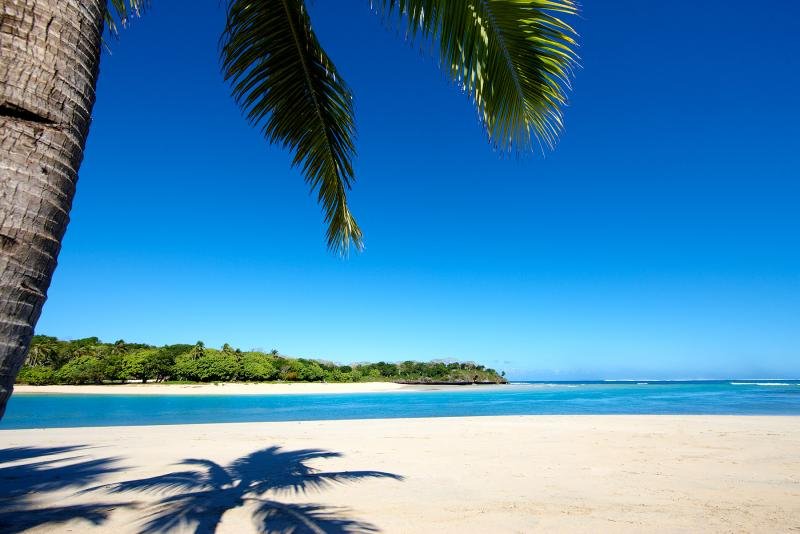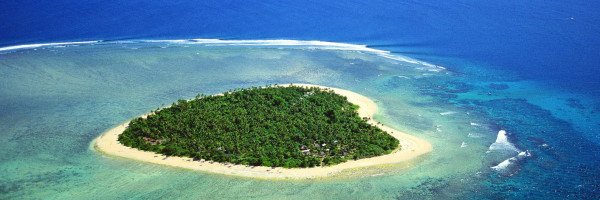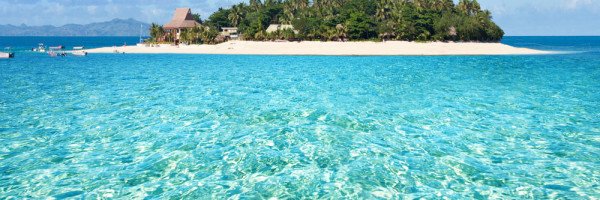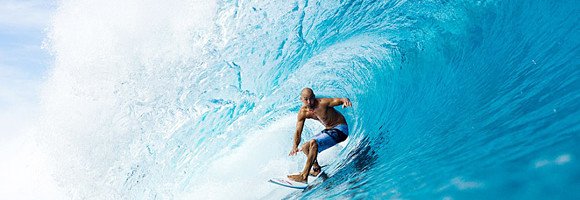Understanding Fiji’s Climate: A Year-Round Overview
Fiji is known for its tropical climate, which is characterized by two main seasons: the dry season and the wet season. The dry season typically runs from May to October, while the wet season spans from November to April. For New Zealand tourists, understanding these seasons is essential for planning the perfect getaway to this island paradise. During the dry season, temperatures hover around 26°C to 30°C (79°F to 86°F), making it ideal for outdoor activities like snorkeling, diving, and hiking. The humidity levels are lower, resulting in comfortable conditions for exploring Fiji’s stunning landscapes. This period is particularly popular among New Zealanders looking to escape the cooler months back home. The wet season, on the other hand, sees increased rainfall and humidity, with temperatures ranging from 24°C to 31°C (75°F to 88°F). Although this season can bring occasional tropical storms, it also offers lush landscapes and fewer tourists, which can enhance the sense of tranquility and privacy many seek in a tropical paradise. New Zealand tourists looking for a quieter experience might consider visiting Fiji during this time, taking advantage of the lower prices and less crowded attractions. For more detailed climate information, you can visit Fiji Islands.Peak Tourist Season: May to October
The period from May to October is considered the peak tourist season in Fiji. This is when many New Zealanders flock to the islands to enjoy the pleasant weather and partake in various outdoor activities. Popular destinations like Denarau Island, the Mamanuca Islands, and the Yasawa Islands experience a surge in visitors during these months. During the peak season, tourists can enjoy a variety of water sports, including surfing, diving, and snorkeling, thanks to the calm seas and excellent visibility. Events and festivals also take place, showcasing Fijian culture, traditional dances, and local cuisine, making it an enriching experience for visitors. However, it’s essential to book accommodations and activities well in advance, as hotels and resorts can fill up quickly. New Zealand tourists should keep an eye out for package deals and special offers that cater to this influx. Early planning can ensure a smooth trip to this fiji paradise. To learn more about the attractions available during peak season, check out Fiji Islands.Exploring the Shoulder Seasons: April and November
April and November are considered shoulder months when the weather is transitioning between the wet and dry seasons. For New Zealand tourists, these months offer a unique blend of benefits, making it an excellent time to visit Fiji without the crowds typically seen in the peak season. In April, the weather is still warm, but the rainfall begins to decrease, leading to stunning sunsets and vibrant sunsets over the water. This is an ideal time for those looking to engage in activities like hiking or visiting cultural sites. The lush landscapes are particularly breathtaking in April, with vibrant greenery that enhances the natural beauty of the islands. November marks the beginning of the wet season, but it remains a popular time for travelers. The humidity may start to rise, but the temperatures are still comfortable for beach activities. The prices of accommodations often drop during this time, making it a budget-friendly option for New Zealand tourists seeking a fiji paradise experience. To get more insights into what to do in these months, visit Fiji Islands.Wet Season Wonders: November to April
The wet season in Fiji, from November to April, is often overlooked by many travelers, but it offers its own unique charm and benefits. New Zealand tourists can enjoy lower prices on flights and accommodations, as well as fewer crowds at attractions. This makes it an excellent time to explore the islands at a leisurely pace. During the wet season, the tropical rain showers typically occur in the afternoons or evenings, leaving the mornings clear for exploration. This is the time when Fiji’s natural beauty truly shines, with lush rainforests and vibrant flora. The waterfalls are at their most impressive, and the ocean is teeming with marine life, perfect for snorkeling and diving enthusiasts. It’s also worth noting that this season is not without its challenges. Tropical cyclones can occur, particularly from January to March. Therefore, it’s advisable for New Zealand tourists to keep an eye on weather forecasts and plan accordingly. Despite the risks, experiencing Fiji in the wet season can be a unique adventure, filled with stunning landscapes and a more intimate connection to the local culture. For more information on what to expect during the wet season, check out Fiji Islands.Festivals and Events: Timing Your Visit Around Fijian Culture
Fiji is rich in culture, and New Zealand tourists can enhance their experience by planning their visit around local festivals and events. The vibrant celebrations provide insight into Fijian traditions and customs, making the trip even more memorable. One of the most significant events is the Hibiscus Festival, held every August in Suva, which features parades, cultural performances, and a beauty pageant. For those visiting in September, the South Pacific Arts Festival showcases the region’s artistic talents, including dance, music, and crafts. These festivals not only offer entertainment but also a chance to connect with the local community and immerse oneself in Fijian culture. Alternatively, for New Zealand tourists looking for a quieter experience, the off-peak months can still provide opportunities to witness local traditions. Visiting during the harvest season allows travelers to engage with farmers and experience traditional ceremonies, providing a more authentic view of Fijian life. To discover more about the cultural events in Fiji, visit Fiji Islands.Family-Friendly Travel: Best Times for Kids and Activities
For New Zealand families planning a trip to the fiji paradise, timing is crucial to ensure a fun and enjoyable experience for children. The months of May to October are generally the best times for family travel, as the weather is mild and conducive for various outdoor activities. Resorts in Fiji often cater to families, offering kids’ clubs and family-friendly excursions. During the dry season, families can enjoy activities like island hopping, snorkeling, and beach games without worrying about unexpected rain. Many resorts also provide educational programs where children can learn about marine life, environmental conservation, and the local culture. However, if traveling during the wet season, families should plan for indoor activities as well. Many resorts offer entertainment options such as movie nights, cultural performances, and cooking classes. Parents can also take advantage of the quieter beaches and pools, allowing kids to play freely and explore without the crowds. Regardless of the season, New Zealand families can create lasting memories in Fiji by engaging in activities that foster togetherness and adventure. For more family-friendly tips, check out Fiji Islands.Travel Tips for New Zealand Tourists: Making the Most of Your Fiji Trip
Planning a trip to Fiji from New Zealand can be an exciting endeavor, but it’s essential to consider some practical tips to maximize the experience. First and foremost, booking flights well in advance can help secure better rates, especially during peak travel times. New Zealand tourists should also keep in mind the time zone difference—Fiji is usually 2 to 3 hours ahead of New Zealand, depending on daylight saving time. Adjusting your schedule before arrival can help mitigate any jet lag and allow for a smoother transition. When packing for the trip, lightweight clothing, swimwear, and sunscreen are must-haves. Additionally, travelers should consider bringing insect repellent, especially during the wet season when mosquitoes are more prevalent. Lastly, immersing oneself in local customs and etiquette can greatly enhance the experience. Learning a few Fijian phrases and being respectful of local traditions can go a long way in connecting with the friendly Fijian people. For more travel tips and resources, visit Fiji Islands.FAQs
What is the best time to visit Fiji for a beach holiday?
The best time to visit Fiji for a beach holiday is during the dry season, which runs from May to October. During this period, you can expect sunny weather, lower humidity, and less rainfall, making it ideal for enjoying Fiji’s paradise beaches.
Are there any specific months that are better for visiting Fiji?
June to September is often considered the peak season for visiting Fiji, as these months offer the most pleasant weather. Tourists flock to the islands during this time to experience the beautiful scenery and partake in outdoor activities, reinforcing Fiji’s reputation as a tropical paradise.
What should I know about the wet season in Fiji?
The wet season in Fiji lasts from November to April, bringing higher humidity and more rainfall. While this may deter some tourists, it can also mean fewer crowds and lower prices for accommodation. The lush landscapes during this period are a sight to behold, showcasing another aspect of Fiji’s paradise.
How does the climate in Fiji compare to New Zealand?
Fiji has a warmer and more tropical climate than New Zealand. While New Zealand experiences four distinct seasons, Fiji enjoys a more consistent warm climate year-round, making it an attractive destination for New Zealand tourists looking to escape the cooler months and experience a tropical paradise.
What activities are best enjoyed during the peak season in Fiji?
During the peak season from May to October, popular activities include snorkeling, diving, island hopping, and beach lounging. The clear waters and calm seas make it an excellent time for water sports, allowing tourists to fully immerse themselves in Fiji’s paradise.
Is it advisable to visit Fiji during school holidays in New Zealand?
Visiting Fiji during New Zealand’s school holidays can be a great idea, as the timing aligns with Fiji’s dry season. However, keep in mind that this is a popular travel period, so prices may be higher and attractions can be busier. It’s a wonderful opportunity to enjoy Fiji’s paradise with family.
What are some tips for visiting Fiji during the shoulder seasons?
The shoulder seasons, which are April and November, can be an excellent time to visit Fiji. During these months, you can enjoy favorable weather with fewer tourists. To make the most of your trip, consider booking accommodations in advance and planning activities that accommodate occasional rain, allowing you to experience all that Fiji’s paradise has to offer.
References
- Fiji Islands Official Website – A comprehensive resource for tourists, offering insights into the best times to visit, activities, and accommodation options in Fiji.
- Lonely Planet – Fiji Travel Guide – An extensive travel guide that provides seasonal recommendations, attractions, and travel tips for visitors to Fiji.
- TripAdvisor – Fiji Travel Information – A popular travel platform that includes user-generated reviews and seasonal advice for planning trips to Fiji.
- Weather2Travel – Fiji Climate and Weather Averages – A detailed guide on the climate and weather patterns in Fiji to help tourists choose the best time to visit.
- ABC News – What to Know Before You Go to Fiji – An informative article that offers practical travel advice and highlights the best times to visit Fiji for New Zealand tourists.







